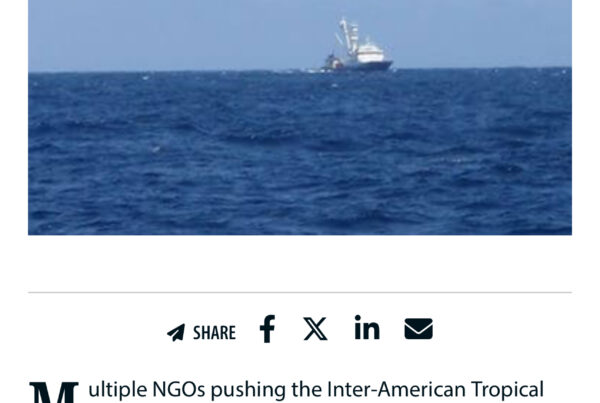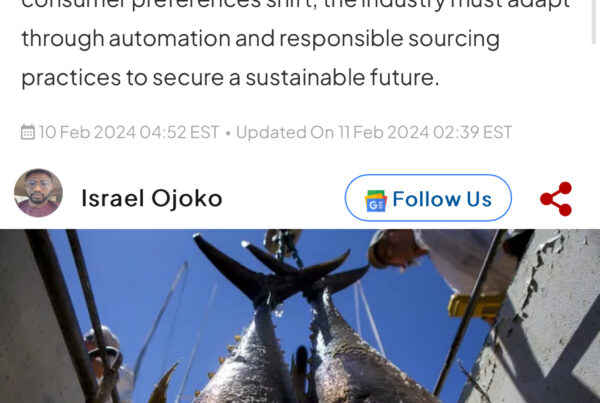Russia’s Invasion of Ukraine Creates Turmoil for Global Seafood Market
Russian seafood exports to the United States and European Union are likely to be curtailed as a result of Russia’s invasion of Ukraine.
The Russian Defense Ministry confirmed Russian forces entered Ukraine on Wednesday, 23 February. In response, U.S. President Joe Biden, European Commission President Ursula von der Leyen, and U.K. Prime Minister Boris Johnson announced planned sanctions against Russia after its military forces engaged in a full-scale invasion of the former Soviet territory, which became an independent country in 1991.



